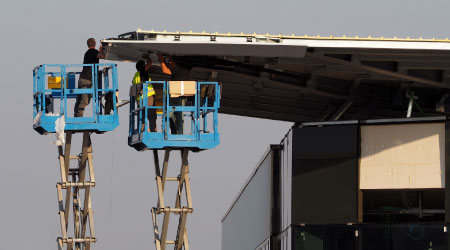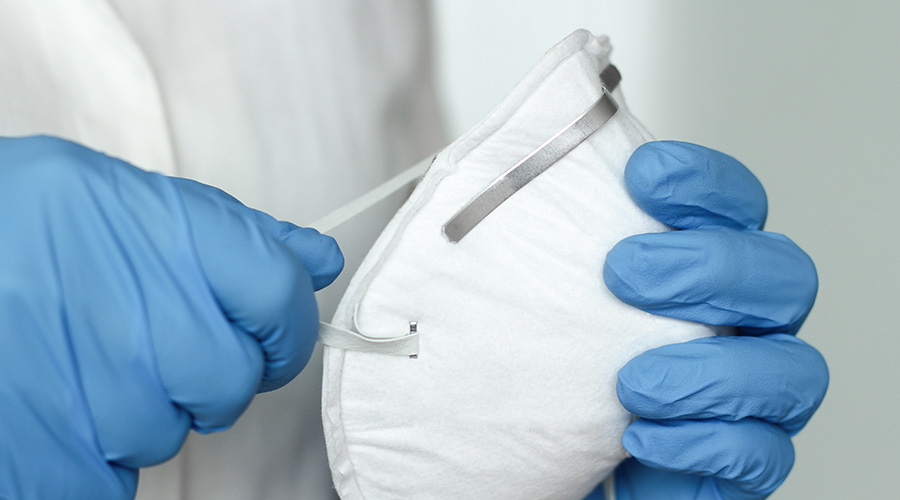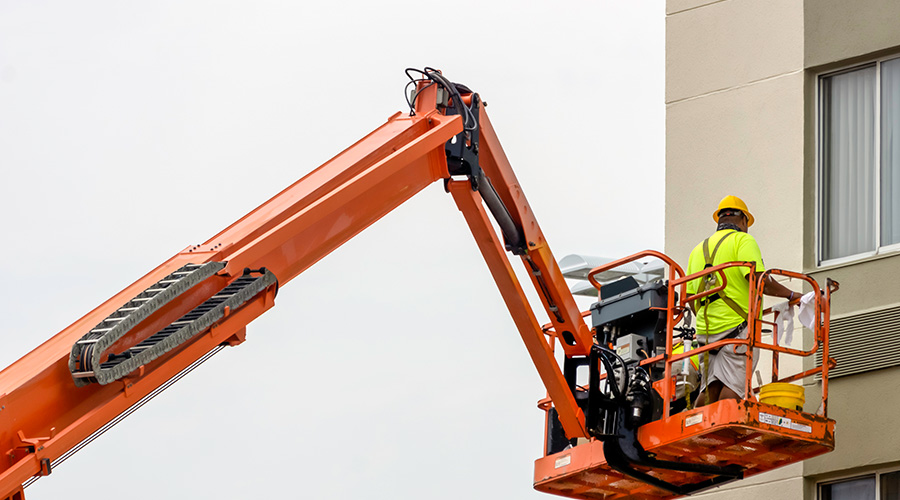Keep Inventory Module Number Short and Simple
When it comes to locator schemes for parts and equipment for effective inventory management, the best guidance for managers it is to keep it short and simple. Each spare part requires only a five- or six-digit number, which becomes the bar-code number and appears under the bar code on the part or part-locator label.
The parts record in inventory module of the department's CMMS contains other required descriptors and information, such as OEM number, description, type, manufacturer, model, serial number, and vendor. The bar-code number in the CMMS is the primary link to all of this data.
Part locator methods can be a bit more flexible. For example, managers can identify shelving rows by letter — A, B, C and so on. Shelf numbers appear sequentially along the row — A-01 through A-82. Then they can identify pallet racks (PR) by sequential beam numbers — PR-01 through PR-16 — while drawer cabinets (DC) follow the same sequential method — DC-01 through DC-10) with drawers sequentially numbered.
Satellite storage areas in other buildings or remote locations can use a short two- or three-letter and number code that identifies that location, such as pump building (PB) or Warehouse 2 (WH2), followed by the shelf location of the part — PB-A48 or WH2-PR27. Attempting to put other identifiers into either part or part locator methods is unnecessary, complicates the simple and direct solution, and can create confusion.
For gray shelving, the clerk can attach 1-inch black-on-white label tape in the center of each shelf edge. Locator identification tapes can go to the left side of the shelf edge, and both can be set up as bar-code labels. Placing parts identification labels on the shelf edge is not recommended because parts can be moved on and off the shelf inadvertently or relocated, or they can become obsolete, which can result in recording the wrong part number in an inventory, generating inaccurate information.
If a part's surface is non-adhesive or does not provide space for a part label, the clerk can place the identification tags on the bin box containing it or on a manila tag attached to the part. These labels contain the bar code and bar-code number. Clerks also can mark pallet racks and shelving ends with 4-inch, black-on-white or black-on-yellow label tape. Drawer cabinets use similarly colored 2-inch label tape.
Once the department approves and finalizes the step-by-step storeroom setup plan for effective inventory management, the physical setup can take place. Before the project begins, storage fixtures should be on site, and installers should remove junk and obsolete and damaged parts from the storeroom. If a storeroom redesign or relocation takes place, managers can arrange for a temporary laydown area to enable access to the parts.
Frank Murphy, CPMM is president of Inventory Management Services Inc. He has 30 years of experience in storeroom setup and modernization.
Related Topics:













